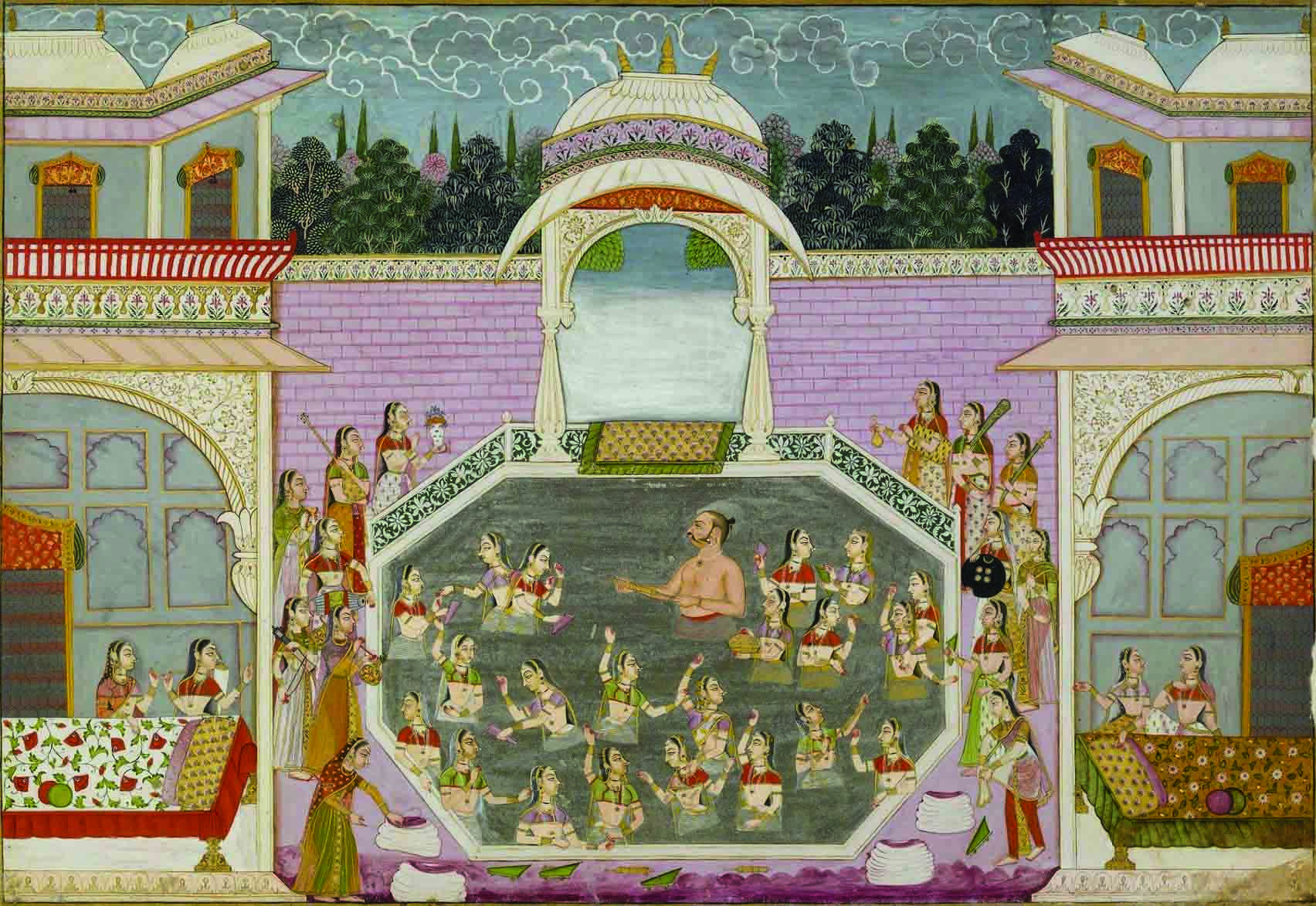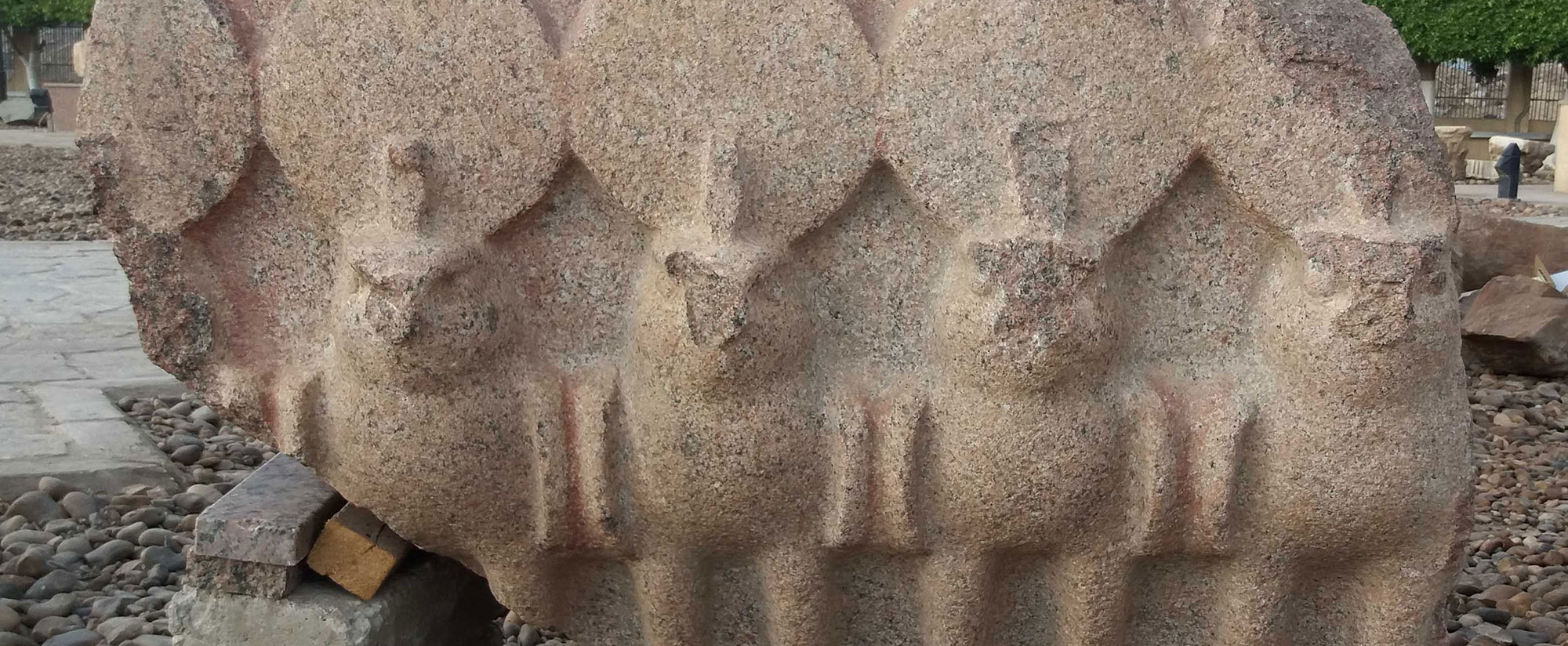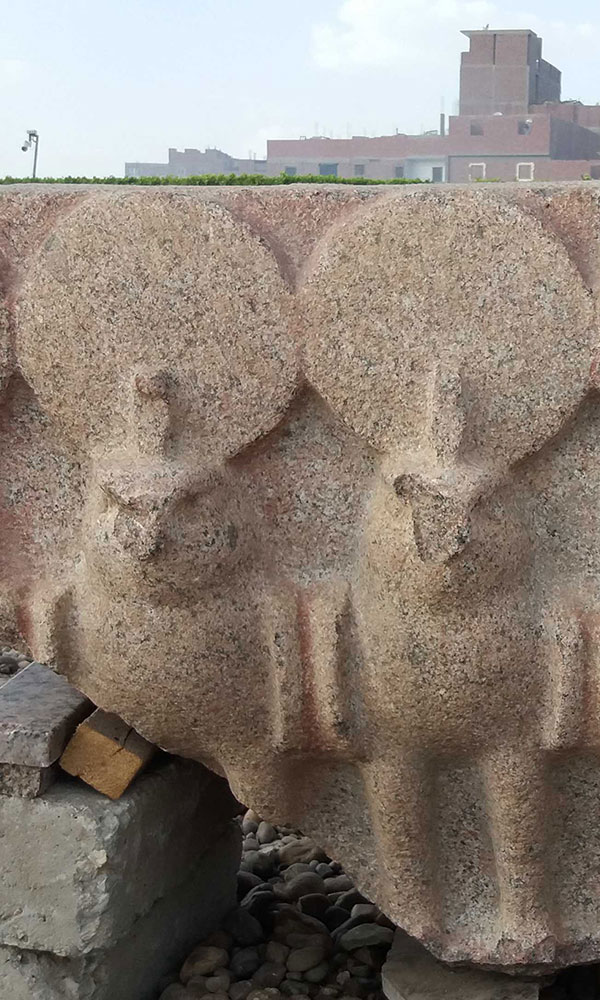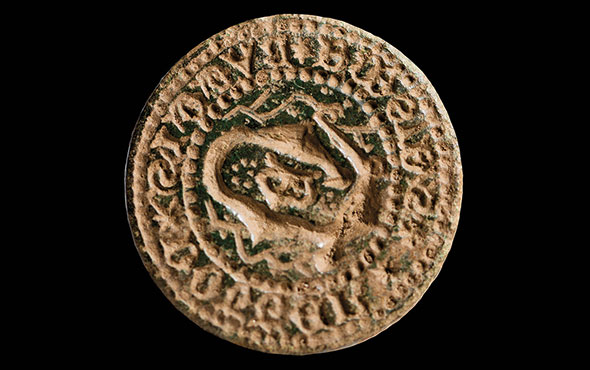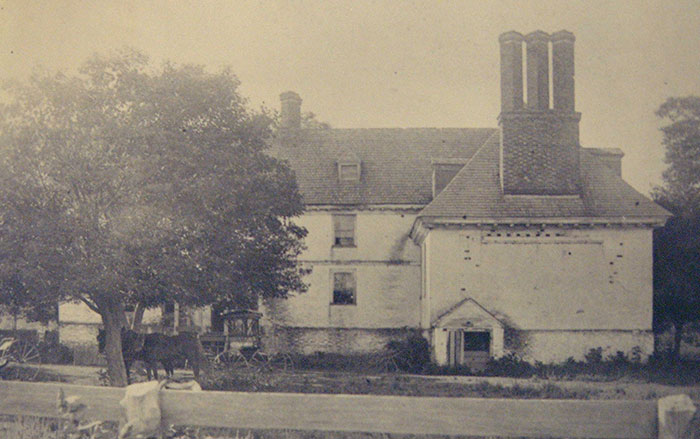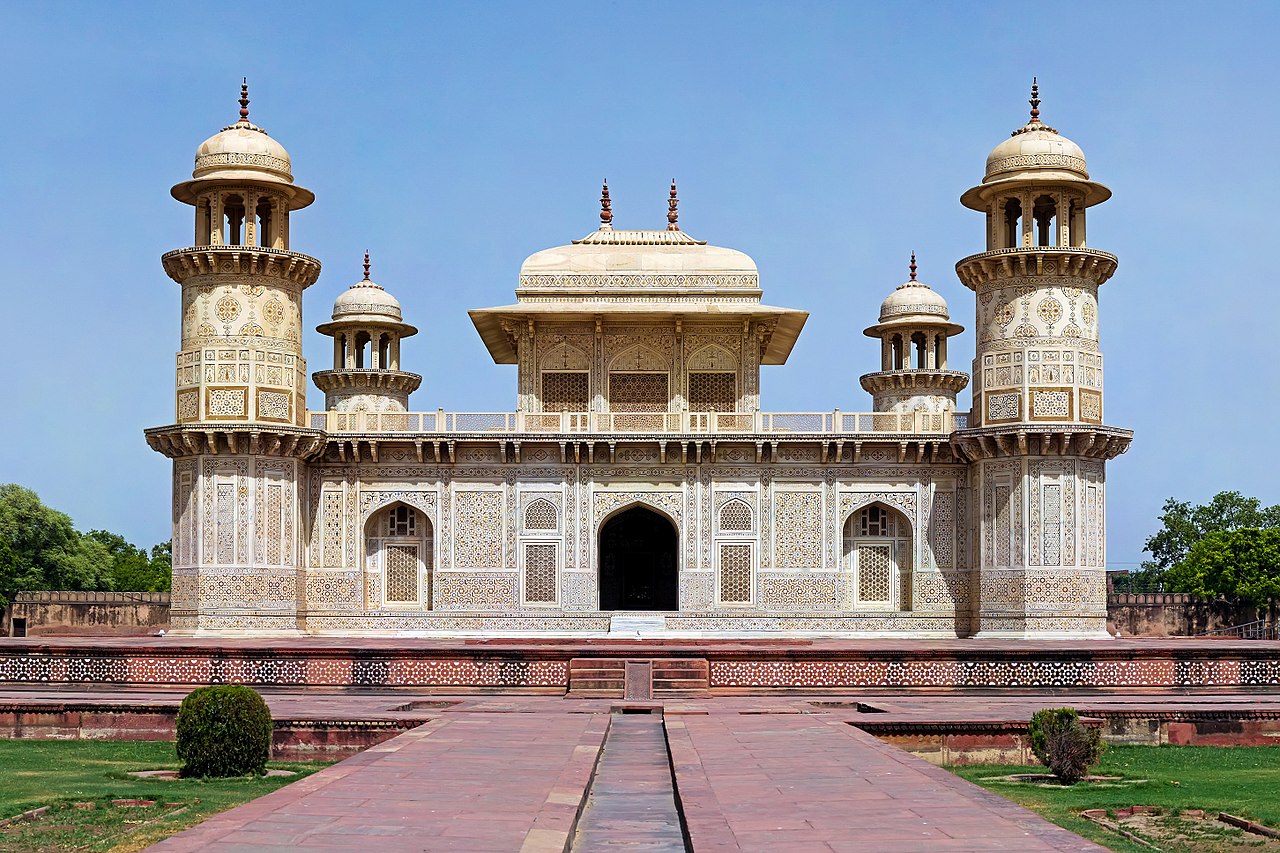
AGRA, INDIA—According to a report in The Hindu, the restoration of two Mughal period gardens in the Indian city of Agra has been carried out by the Archaeological Survey of India (ASI), the World Monuments Fund (WMF), and the Indian Ministry of Culture. One of the gardens surrounds the tomb of I’timād-ud-Daulah, which was commisioned by the Mughal empress Nur Jahan for her father, Mirza Ghiyas Beg, in the early 1620s. The monument was constructed in the charbagh style of the period, typified by four square gardens of equal size with a mausoleum at the center. Researchers believe the tomb served as a model for the nearby Taj Mahal, and is often referred to as the "baby Taj." The other restored garden, known as Mehtab Bagh, or "moonlight garden," is just a short distance from the Taj Mahal itself. Vasant Kumar Sawarkar, superintending archaeologist of the ASI's Agra Circle district, said the remnants of the gardens—which had mostly reverted to agricultural land by the beginning of the British Raj period—were destroyed by engineers who removed trees, installed walkways, and leveled ground. The team has consulted historical records and paintings, and conducted excavations to recreate what they believe would have been typical Mughal gardens, substituting chaotic flower beds and bountiful fruit trees for the manicured lawns favored by British administrators. To explore a special package by ARCHAEOLOGY's editors about gardening through the ages, go to "The Archaeology of Gardens."


